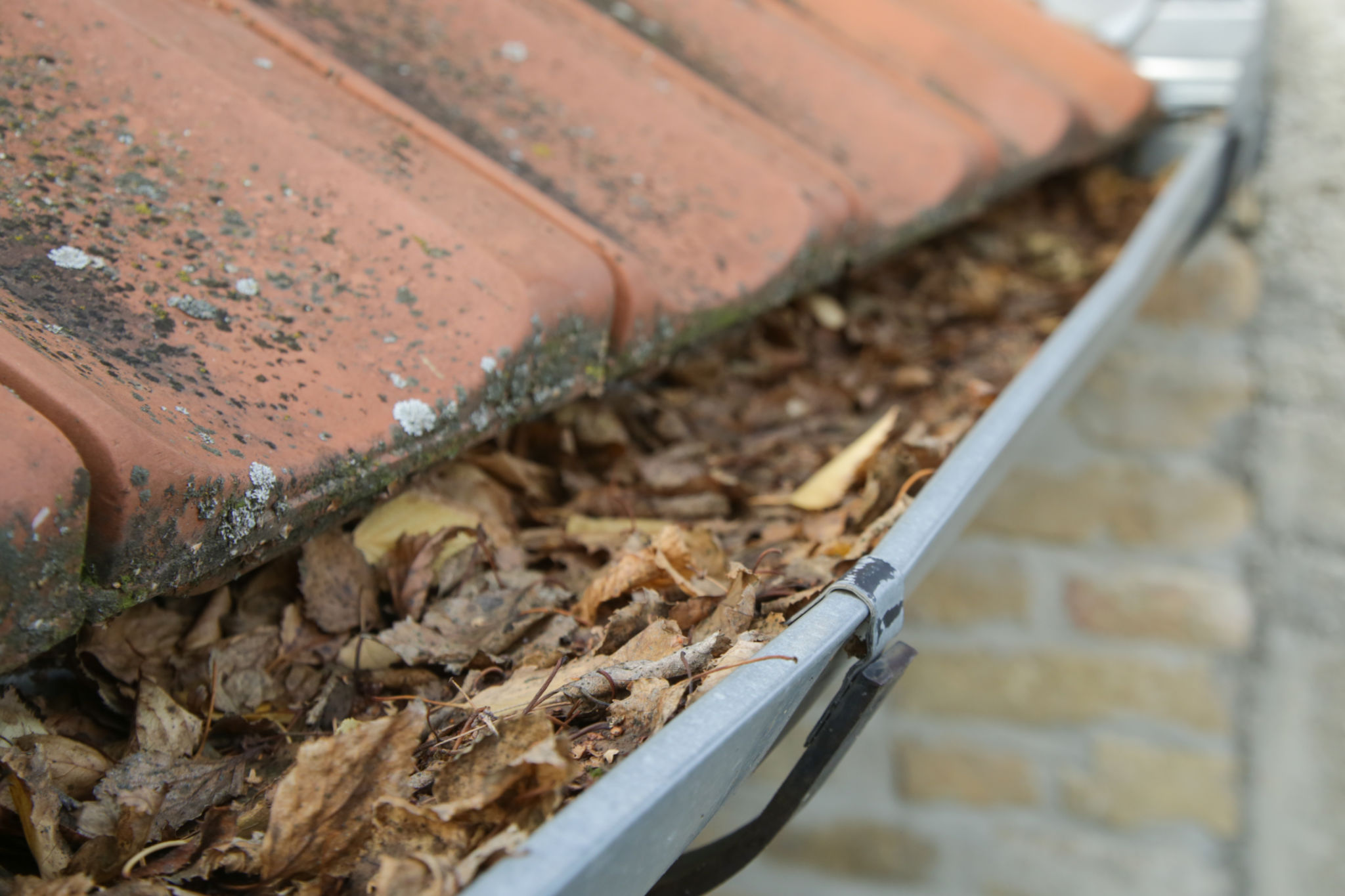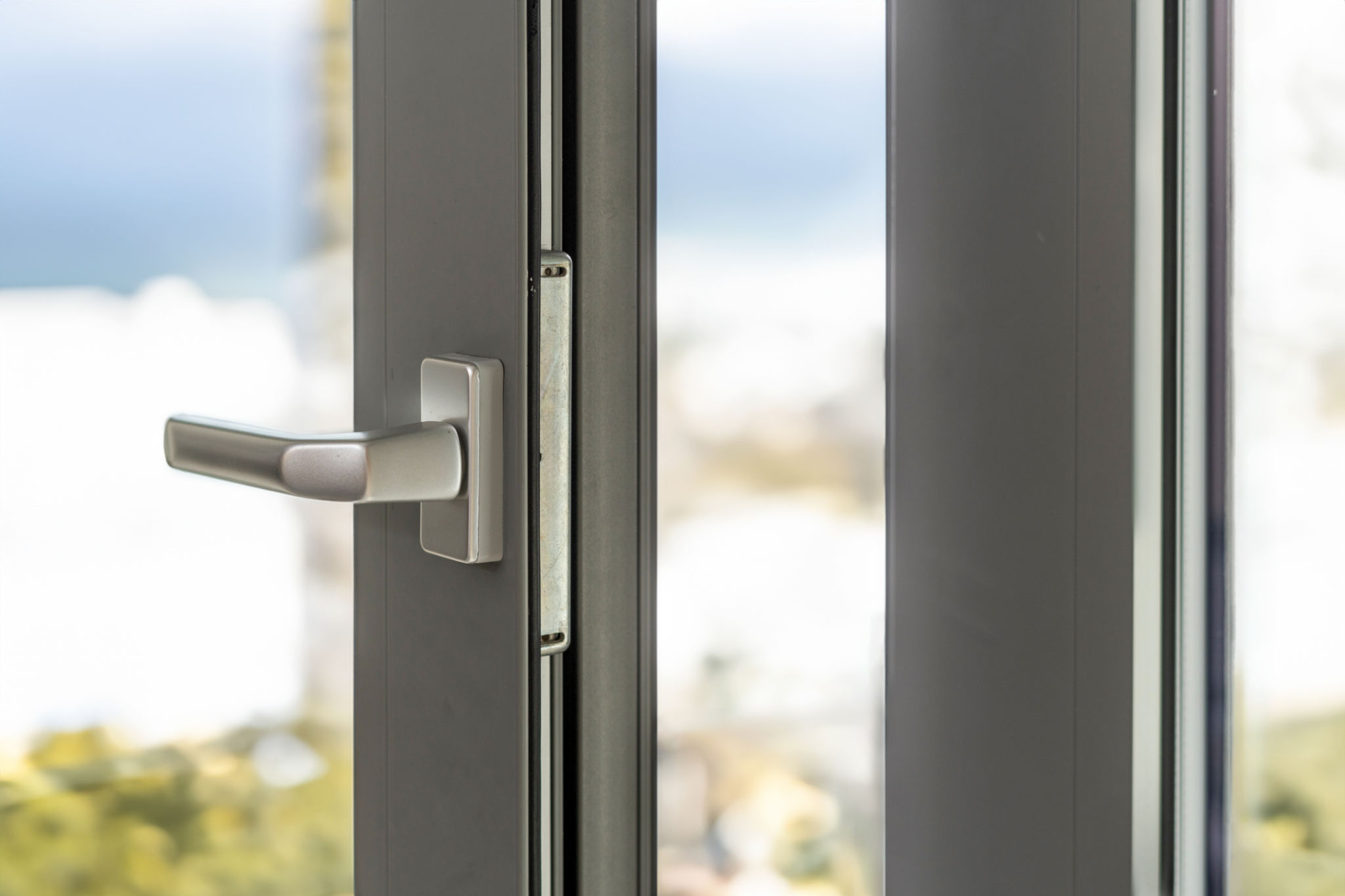How to Prepare Your Home for the Rainy Season: Tips from Homesenseconstruction
Inspect and Repair Your Roof
As the rainy season approaches, one of the most important areas of your home to inspect is the roof. A well-maintained roof can prevent water leaks that might cause significant damage to your home. Start by checking for any missing or damaged shingles and replace them promptly. Additionally, ensure that all flashing around chimneys and vents is secure and properly sealed.

It’s also wise to remove any debris such as leaves or branches that may have accumulated on the roof, as they can trap moisture and lead to deterioration. If you’re not comfortable inspecting the roof yourself, consider hiring a professional to ensure it’s in optimal condition before the heavy rains begin.
Clean and Clear Your Gutters
Your home’s gutter system plays a crucial role in directing rainwater away from the foundation. Clogged gutters can cause water to overflow, leading to potential water damage both inside and outside your home. Before the rainy season starts, clean your gutters thoroughly to remove leaves, twigs, and other debris.

After cleaning, check for any leaks or damage in the gutter system. Ensure the gutters are properly aligned and securely attached to prevent sagging or detachment under the weight of heavy rain. Installing gutter guards can also help reduce the frequency of future cleanings.
Seal Windows and Doors
Windows and doors are common entry points for water during heavy rains. Inspect all windows and doors for gaps or cracks that could allow water to seep in. Use weatherstripping or caulking to seal these areas effectively. Pay special attention to the areas around window frames and door thresholds.

Additionally, consider installing storm doors and windows if you live in an area prone to severe weather. These additions not only provide extra protection against rain but also help with energy efficiency by improving insulation.
Prepare Your Landscaping
Landscaping around your home can either help or hinder rainwater drainage. Ensure that the ground slopes away from your home’s foundation to prevent water from pooling and causing damage. If necessary, regrade any areas where water tends to accumulate.
Consider adding plants and shrubs that are known for their water absorption capabilities. These can help reduce runoff and improve drainage naturally. Also, check that downspouts extend at least five feet away from the house to direct water safely away from the foundation.
Check Your Basement and Foundation
If your home has a basement, it's essential to inspect it for any signs of water intrusion or cracks in the walls. Use a waterproof sealant on walls and floors to prevent moisture from seeping in. For added protection, consider installing a sump pump to remove any accumulated water during heavy rainfall.
Additionally, examine your home's foundation for any visible cracks or signs of wear. Addressing these issues early can prevent more severe problems down the line. Consult with a professional if you suspect significant structural issues with your foundation.
Prepare an Emergency Kit
While preparing your home is crucial, having an emergency kit ready is equally important. In case of power outages or severe flooding, ensure you have essentials such as flashlights, batteries, bottled water, non-perishable food, and a first-aid kit. Keep this kit in an easily accessible location so you can grab it quickly if needed.
Staying informed about weather conditions is also essential. Consider investing in a weather radio or downloading weather apps to receive timely updates and alerts during severe weather events.
